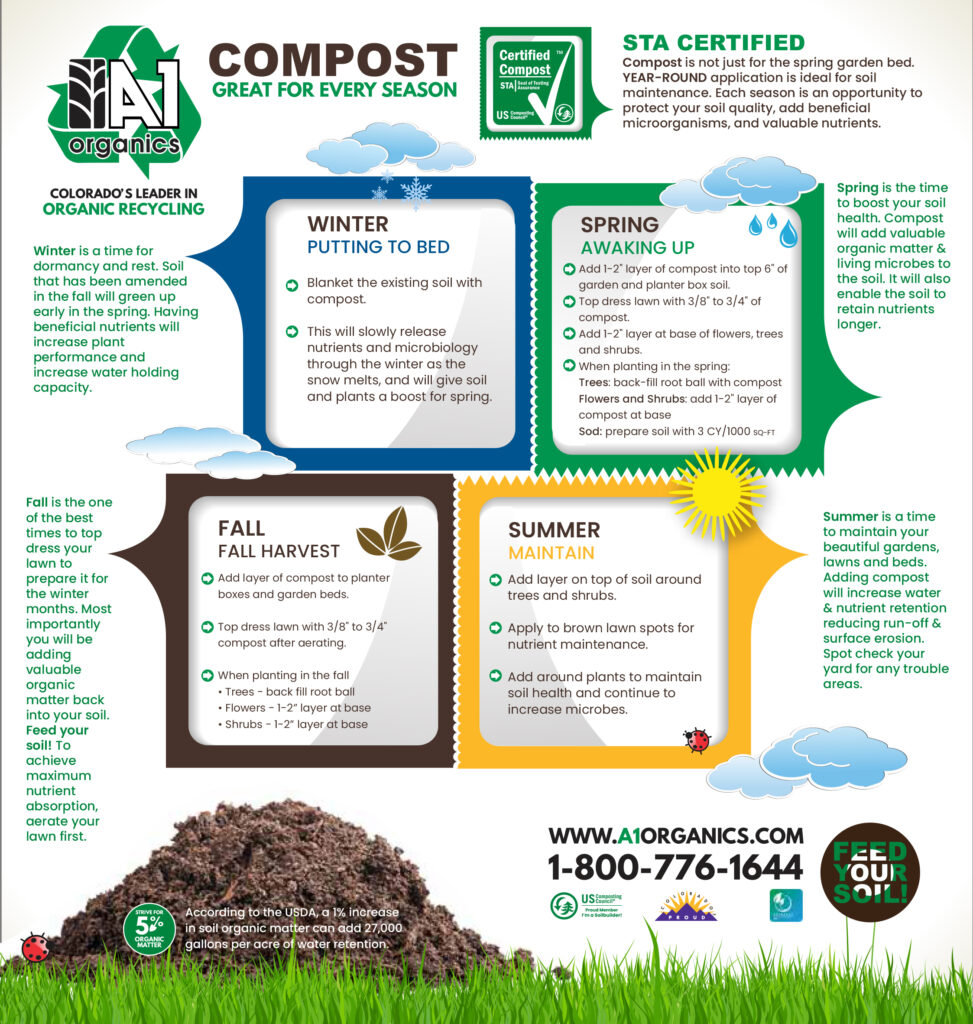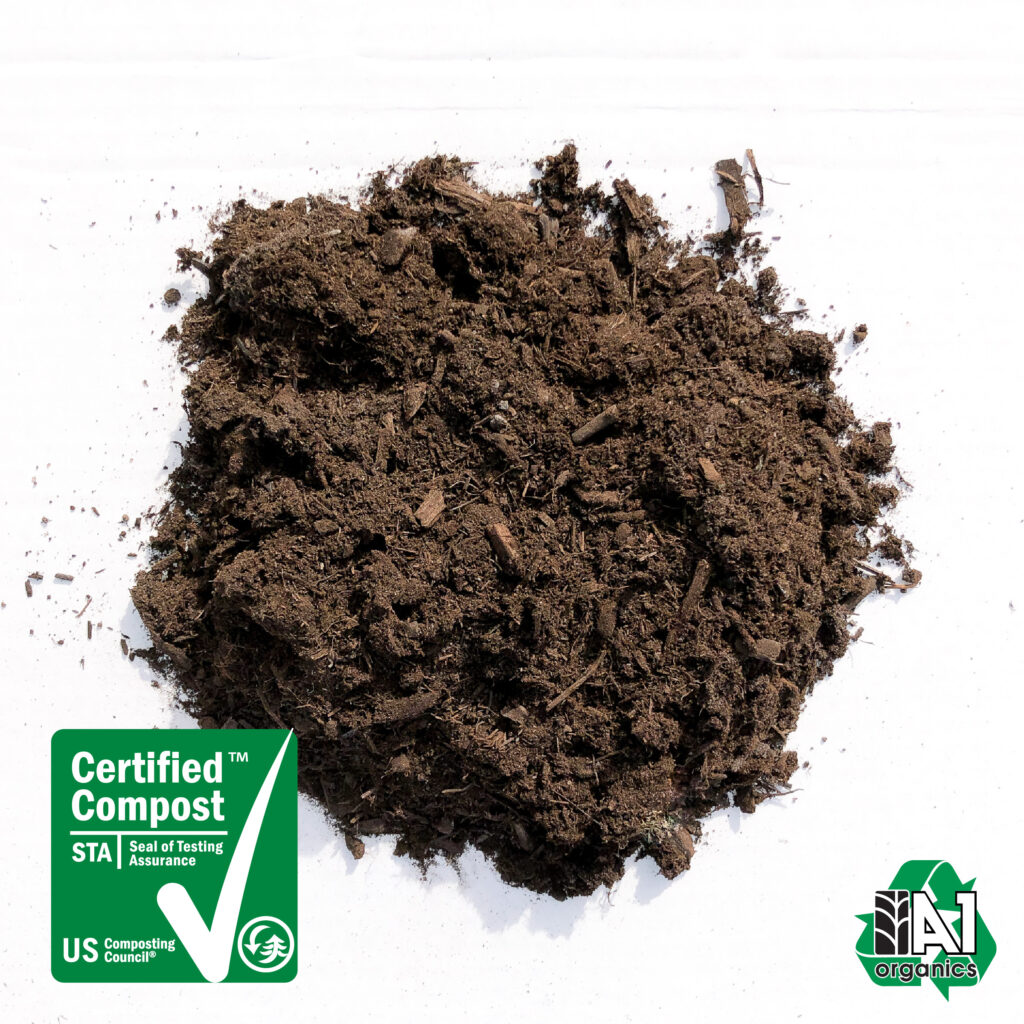Education
Closing the Compost Loop
Everything starts with the collection of expired or excess organics, “natural resources”, in the blend of green (nitrogen-rich) and brown (carbon-rich) materials. Green materials include kitchen scraps, spent grains and lawn clippings while brown materials consist of items like dry leaves, straw, or wood. Redirecting the correct clean organics away from landfills is one of…
Compost Application- 365 Days a YEAR
Compost is not just for the spring garden bed. YEAR ROUND application is ideal for soil maintenance. Each season is an opportunity to protect your soil quality, add beneficial microorganisms and valuable nutrients. Use this guide to help restore your soil and gain higher water retention in your soil. Download Application PDF Here
Compost Contamination – Solvable or Not?
https://compostmanufacturingalliance.com/2020/06/12/compost-contamination-solvable-or-not/
STA Certifications
Compost Classes I, II, and III are all types of compost products that earn a U.S. Composting Council Seal of Testing Assurance (STA). (Class IV composts undergo primary and secondary nutrient testing, but are not STA-certified, and should only be used in agricultural applications.) What does STA certification mean? STA Certification Requirements for Compost Manufacturers…
Nutrients – What Plants Need and Why!
Plants, like other living things need nutrients to keep growing. Most fertilizer packages list three plant nutrients-nitrogen, phosphorus, and potassium (N-P-K, in that order); Nitrogen spurs on leafy growth. With too much nitrogen, some plants will not flower; too little and plants may have pale-green or yellowish older leaves. Phosphorus encourages good blooming and root…




